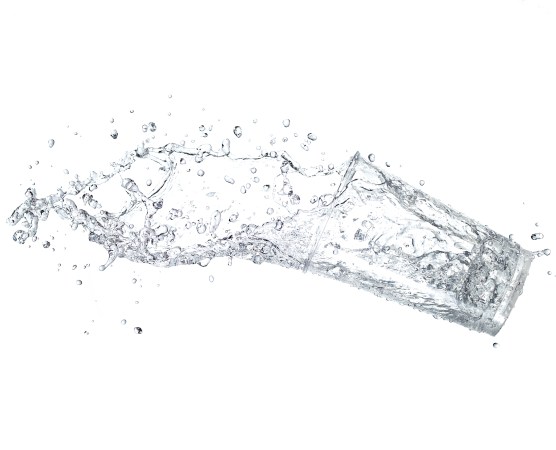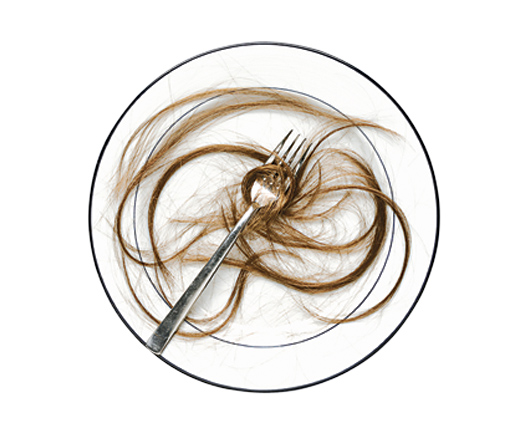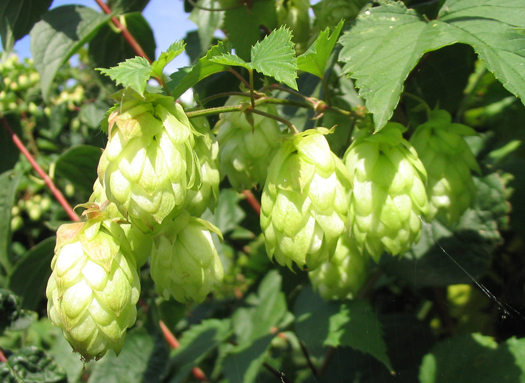

Picking barbecue-flavor potato chips over salt-and-vinegar can be tough enough without having to choose between brands made with “natural flavors” and ones that are “artificially flavored.” Natural flavors, you might think, are derived from the pure essence of a food’s flavor, and as such are more authentic. But the term “natural” is misleading.
The Food and Drug Administration requires that natural flavors come from a natural material, but that’s a broad category. It usually means developing flavors from plant or bacteria by-products, or chemically treating naturally occurring molecules. Chemists then tinker with these to enhance their taste. The sweet strawberry taste of your naturally flavored ice cream? That probably started out as a bacterial protein.
Artificial flavors, on the other hand, are just what you’d expect: taste-bud-stimulating chemicals concocted from scratch in labs. Although natural flavors have the potential to be more accurate and have layers of flavor, mucking with bacteria is expensive and the results are inconsistent. Controlling every step of a flavor’s development, as chemists do with artificial flavors, costs less and often hits closer to the mark.
Flavor chemists can further enhance artificial flavors by stimulating your nose. “Aroma is often the dominant factor in flavor perception,” says Anuradha Prakash, a professor of food science at Chapman University and a spokesperson for the Institute of Food Technologists. “Flavorists can mix compounds with similar tastes but different aromas to maximize artificial flavor.” And despite the healthy sound of the phrase, natural flavors aren’t any better for you than man-made ones. In fact, in most cases your body can’t even differentiate between the two.
Those barbecue chips? You’ll save a few cents with the artificially flavored variety, and they might even taste more like the real thing.


![What’s The Flavor Difference Between Scotch And Rye? [Infographic]](https://www.popsci.com/wp-content/uploads/2019/03/18/5AZIKTA2W4A3TYPHFXPNEZXA6Y.png?w=525)




